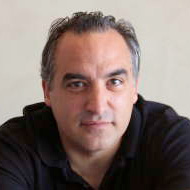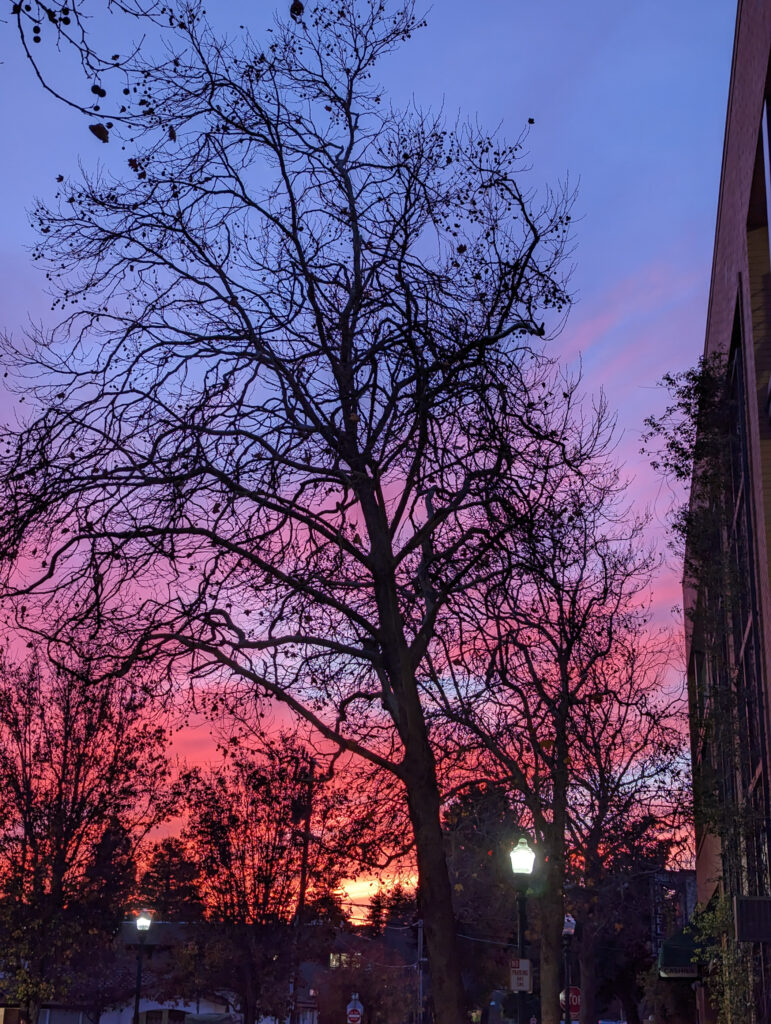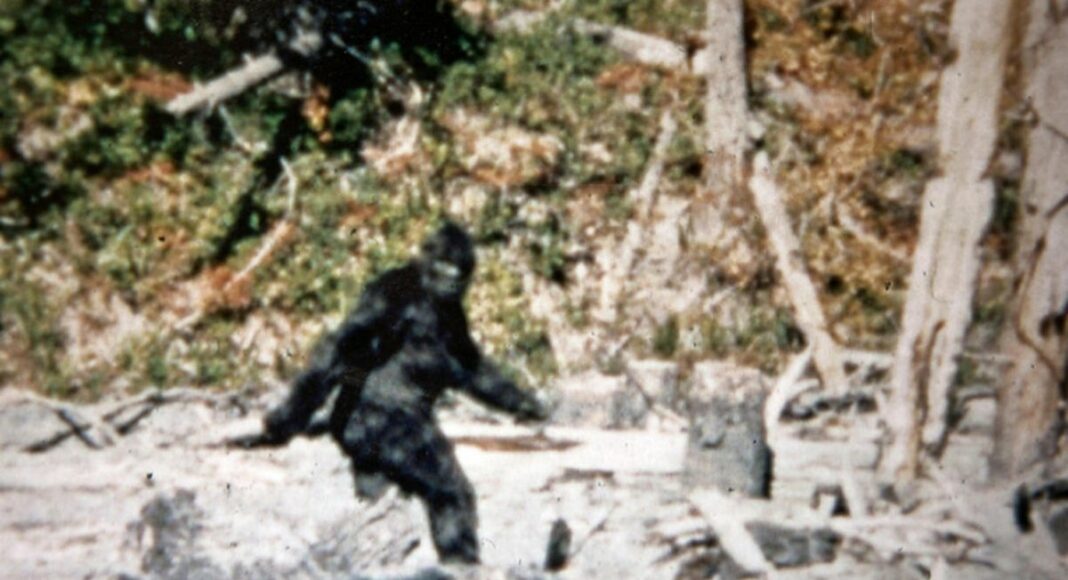EDITOR’S NOTE

This week’s cover was a little tricky. You see, Denver Riggleman is a quirky character. He is wearing a Bigfoot t-shirt in his freaking cover pic. He even wrote a book about Bigfoot! OK, it was technically about why people continue to believe in Bigfoot, which falls way more into his wheelhouse as a data analytics expert, but whatever. I love everything Bigfoot. Do you know how bad I wanted to put a still from the Patterson-Gimlin film somewhere on this cover? So bad.
Riggleman is also a former Republican Congressman from Virginia who got run over by the GOP’s ultra-right Trump cult and ousted in the 2020 primary, largely because he had officiated a same-sex wedding. Riggleman then left the party, becoming an independent. Do you know how bad I wanted to put a pic of the same-sex wedding he officiated somewhere on the cover? So bad.
To me, those things really epitomize what makes Riggleman such an intriguing political figure. But you won’t find either of them on the cover this week (other than, again, the shirt). That’s because when I read Steve Kettmann’s interview with Riggleman in this week’s cover story, any notion of doing something whimsical on the cover instantly vanished. The author of the new book The Breach: The Untold Story of the Investigation Into January 6th talks about the growing danger our country is facing from far-right extremists like the ones who stormed the Capitol Building last year, and it is sobering stuff. He also discusses how social media and other digital networking has made fringe radicalism even more insidious, and how antisemitism is rising as the manipulators behind these movements seek to streamline their attacks on common sense.
So yeah, it’s a million miles away from Bigfoot kookiness or thinkpiecing about political definitions. But it is an important reality check about the state of our democracy.
STEVE PALOPOLI | EDITOR-IN-CHIEF
ONLINE COMMENTS
“The two-ship Portuguese expedition under the command of Juan Rodriguez Cabrillo (João Rodrigues Cabrilho) explored northward from Jalisco in 1542, stopping at San Diego Bay on September 28th, San Pedro on October 6, Santa Monica on the 9th, San Buenaventura on the 10th, Santa Barbara on the 13th and Pt. Concepcion on the 17th. Because of adverse winds, the expedition turned back at about Santa Maria, harboring at San Miguel Island, and did not progress beyond Santa Maria until November 11. With a favorable wind later that day they reach the “Sierra de San Martin,” probably Cape San Martin and the Santa Lucia Mountains in southern Monterey County. Struck by a storm and blown out to sea, the two vessels are separated and do not rejoin until the 15th, probably near Año Nuevo north of Santa Cruz. The next day they drifted southward, discovering “Bahía de los Pinos”and “Cabo de Pinos.” These are most likely Monterey Bay and Point Pinos. On the 18th they turned south, passing snow-capped mountains (the Santa Lucias), and on November 23 returned to their harbor at San Miguel Island, where they remained for nearly three months.” (from mchsmuseum.com) … Cabrillo never landed in the Monterey Bay area. Never met up with, so he could not have “enslaved and brutalized the Amah Mutsun people who lived here.” Don’t let the facts get in your way though and carry on.
— Mark McLaughlin
In response to Mark McLaughlin: Rather narrow view of how this man lived his life. He was a conquistador who gained his wealth through forced labor that destroyed communities, because he’d rake in the bounty of labor that once sustained the egalitarian communities he preyed on. He was part of a distinct system of destruction, a low affect, sensation seeking person who yearned to dominate and centralize power for the sake of personal versus societal benefits. You narrow in on a detail of dispute—just like people dispute where they came from. And that narrow view ignores the bigger issue. It’s not as if there isn’t enough evidence to confirm his abuses, whether they happened in this area or just Guatemala. The bigger point is, why are we remembering this person and honoring him? We are in a time of reflection where there are people in society who are questioning the habit of calling power seekers heroes. There is nothing heroic about hoarding and violence. There is, however, something heroic about taking a stand and calling out these patterns of thinking and how they influence society as a whole.
— Cassie
PHOTO CONTEST WINNER

Submit to ph****@*******es.sc. Include information (location, etc.) and your name. Photos may be cropped. Preferably, photos should be 4 inches by 4 inches and minimum 250dpi.
GOOD IDEA
SURVEYING THE LAND
South of Davenport, the Coast Dairies Monument is shaped by rugged terrain, mountain ridgelines and six streams that pour into the Pacific. The Bureau of Land Management (BLM) is now accepting public input on the rules that will determine public access to the lands, public health and safety and protection of natural and cultural resources. Add your two cents by Jan. 30, 2023 at blm.gov/cotoni-coast-dairies.
GOOD WORK
HOMEKEY FOR THE HOLIDAYS
Last week, the state awarded Santa Cruz County $2.2 million in funds that will be used for permanent housing for formerly unhoused people. Santa Cruz County was one of four communities to receive a final round of funding from the state’s program Project Homekey. The money will help convert the former River Street commercial office space into seven units of permanent supportive housing for formerly homeless individuals, with the goal of opening its doors by the end of the year.
QUOTE OF THE WEEK
“A people inspired by democracy, human rights and economic opportunity will turn their back decisively against extremism.”
— Benazir Bhutto













